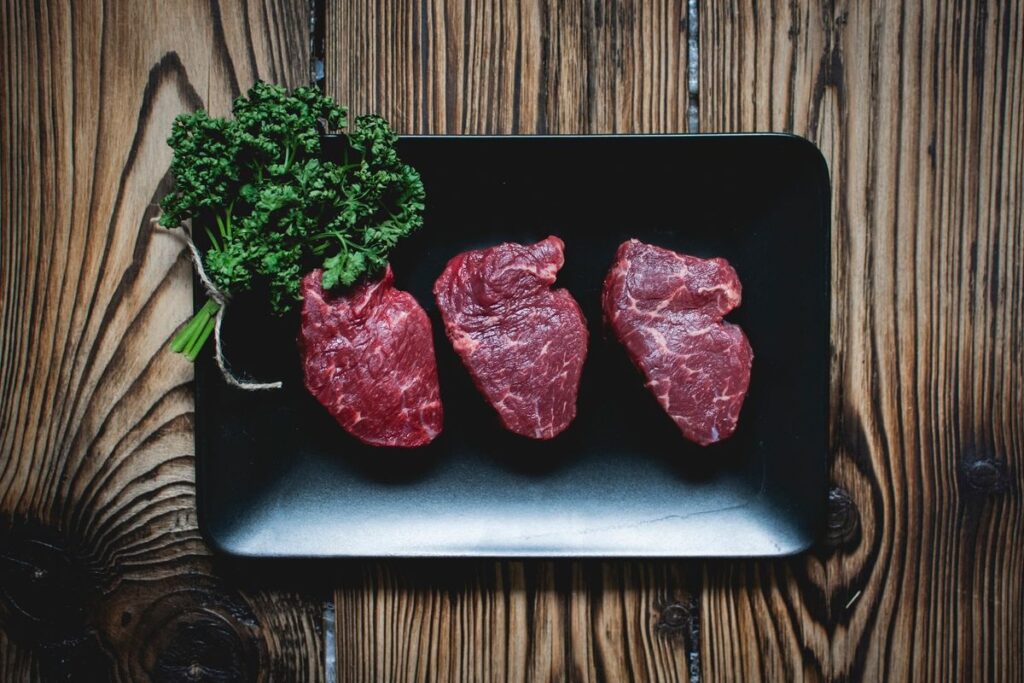
Dwayne “The Rock” Johnson is a name synonymous with incredible physique, unparalleled work ethic, and, perhaps most famously, his legendary cheat days. For a man who regularly consumes between 5,000 and 7,000 protein-rich calories daily to maintain his hulking superhero build for roles like Black Adam, these indulgent days are not just a break from a strict diet; they are an epic culinary event, often topping 10,000 calories. This extraordinary approach has captivated fans and fitness enthusiasts alike, sparking curiosity about how the human body possibly handles such a massive caloric intake.
The internet has seen a surge in “10,000-calorie challenges,” where individuals attempt to emulate these epic feasts. From fitness YouTubers pushing their digestive systems to the limit to everyday folks curious about extreme eating, the phenomenon is widespread. But what truly happens when someone consumes five times their recommended daily caloric intake in a single 24-hour period? Is it merely a display of monumental eating, or is there a fascinating science at play?
In this in-depth exploration, we delve beyond the viral photos and social media posts to uncover the mechanisms behind Dwayne Johnson’s epic cheat days and the broader 10,000-calorie challenge. We’ll break down the science of how the body processes such an overload, the surprising physical and mental effects experienced by those who undertake it, and the very real implications for weight, metabolism, and overall well-being. Prepare for an insider’s look into a world where indulgence meets physiological extremes.

1. **Dwayne “The Rock” Johnson’s Legendary Cheat Day**Dwayne ‘The Rock’ Johnson, a name that evokes images of unparalleled discipline and a towering, muscular physique, has cultivated a legendary status not just for his workouts but also for his equally epic cheat days. When he’s not adhering to a strict regimen for demanding Hollywood action roles, the movie star wholeheartedly embraces sweet and savory treats, blowing fans’ minds with the sheer scale of his indulgence. Photos of the “Moana star’s cheat meals have gone viral,” consistently leaving social media users “drooling.”
These are not just modest treats; they are feasts that “could easily feed a family.” His social media pages are replete with “countless pictures” showcasing the meals he reserves for days when his strict diet is momentarily set aside. One iconic snap reveals his ability to “polish off a whole sharing-sized sushi platter by himself,” sometimes even consuming “two burgers in one sitting.” Another image captures him “tucking into a pizza fresh from the oven, with an additional three pizzas lined up next to him,” a testament to his seemingly boundless appetite.
His sweet tooth is equally impressive. The Rock’s cheat day menu frequently features “pancakes and cookies as well as impressive slices of cheesecakes.” He’s known to “tuck into three tubs of ice-cream in one go while bingeing some of his favorite shows.” One memorable post shows him “drenching a plate of pancakes in maple syrup,” accompanied by his famous motto: “‘That’s not enough. Don’t cheat yourself, treat yourself and enjoy your hard earned cheat meals, my friends.'” This philosophy, paired with the sheer volume of food, highlights the extreme, yet celebrated, nature of his cheat day rituals.

2. **The 10,000-Calorie Challenge Unpacked**The “10,000 calorie challenge” is precisely what its name implies: consuming an astounding 10,000 calories within a single 24-hour period. To grasp the enormity of this task, consider that “the average adult needs around 2,000-2,500 calories per day,” meaning this challenge necessitates eating “approximately four to five times the normal recommended intake.” What began as a trend among “fitness influencers and bodybuilders” documenting their “epic cheat days” on platforms like YouTube, has since “evolved into a popular internet challenge with thousands of videos” showcasing attempts to conquer this “caloric mountain.”
The journey through this challenge often starts with initial enthusiasm, which quickly gives way to struggle as the sheer volume of food takes its toll. Fitness YouTuber Brandon William, for instance, attempted to eat like Johnson, taking on “six of the actor’s go-to giant treats.” Starting with “a stack of 12 buttermilk pancakes with syrup,” William “begins to struggle after just those first thousand or so calories,” admitting, “This is going to be a tough challenge.” This early sentiment is a common thread for many who embark on the challenge.
Later in their attempt, after consuming “double cheeseburgers with bacon and fries” from a place “known for its ridiculously large portions,” William declared, “I don’t know if I’ll be able to eat anything else today, I’m so full.” Despite having passed “6,000 calories” and having “just one more of Johnson’s cheat meals to go”—four pizzas—both William and his friend Adam “fail to finish the pizzas and take no enjoyment in eating at all.” William’s concluding remark, “‘It’s insane that The Rock would have all this by himself in a day,’ says William. ‘That actually shocks me,'” perfectly encapsulates the overwhelming nature of the 10,000-calorie feat for even the most dedicated of eaters.

3. **The Science of Calorie Surplus: Glycogen vs. Fat Storage**When the human body is suddenly faced with a “massive caloric surplus” like 10,000 calories in a day, its response is a fascinating and complex series of metabolic adjustments. One of the primary destinations for these excess calories is storage. The body differentiates significantly between how it stores carbohydrates and how it stores dietary fats, a critical distinction for understanding the immediate physical changes.
Carbohydrates are primarily stored as glycogen, which is the body’s readily accessible form of glucose, predominantly found in the liver and muscles. What’s particularly intriguing is that “when you’re depleted of glycogen (stored carbohydrates), your body can store significant amounts of carbohydrates without converting them to fat.” A notable study cited in the context highlighted that subjects in a “50% caloric surplus from carbs” stored “only about 10% of excess calories” as fat within the first 24 hours. This efficient carbohydrate storage, however, comes with a caveat: “For every gram of carbohydrate stored, your body retains approximately 3-4 grams of water,” which contributes significantly to short-term weight fluctuations.
In stark contrast, “dietary fat… is much more efficiently stored as body fat.” The same study revealed that when the caloric surplus originated from fat, “about 60% of excess calories were stored as fat within 24 hours.” This means that the composition of the 10,000-calorie meal – whether it’s predominantly carbs or fats – plays a crucial role in how much actual body fat is accumulated in the immediate aftermath. While both macronutrients contribute to a caloric surplus, the pathways and efficiency of their storage differ, painting a clearer picture of what the body truly does with an epic cheat day.

4. **Adaptive Thermogenesis: Your Body’s Calorie Burn Response**Beyond simply storing excess calories, the human body possesses a remarkable, albeit limited, ability to counteract a caloric overload: a process known as adaptive thermogenesis. This is essentially your body increasing its energy expenditure “in response to overeating,” effectively burning off “some of the excess calories as heat.” It’s a built-in regulatory mechanism, a sort of internal furnace that cranks up to cope with the influx of fuel.
This thermic effect is not uniform across all macronutrients; “the thermic effect of food, especially protein, will increase your energy expenditure.” This means that a meal rich in protein might lead to a slightly higher metabolic burn than a fat-heavy one, even with the same caloric content. A fitness expert provided a practical example, stating: “My estimated total daily energy expenditure is roughly 3,000 calories, so subtracting that from 10,000 calories leaves a 7,000 calorie surplus.” However, this surplus doesn’t directly translate to 7,000 calories of fat storage.
Taking “into account increased thermogenesis,” the expert estimates that one is “probably looking at storing around 0.5-0.6 pounds of fat from a one-day surplus.” This illustrates that while a 10,000-calorie day is undeniably massive, the body isn’t a simple calorie-in, calorie-out machine for immediate fat storage. Adaptive thermogenesis provides a buffer, helping to mitigate some of the potential fat accumulation, although it’s certainly not enough to fully offset such a colossal intake. It’s a behind-the-scenes effort by your physiology to maintain equilibrium.
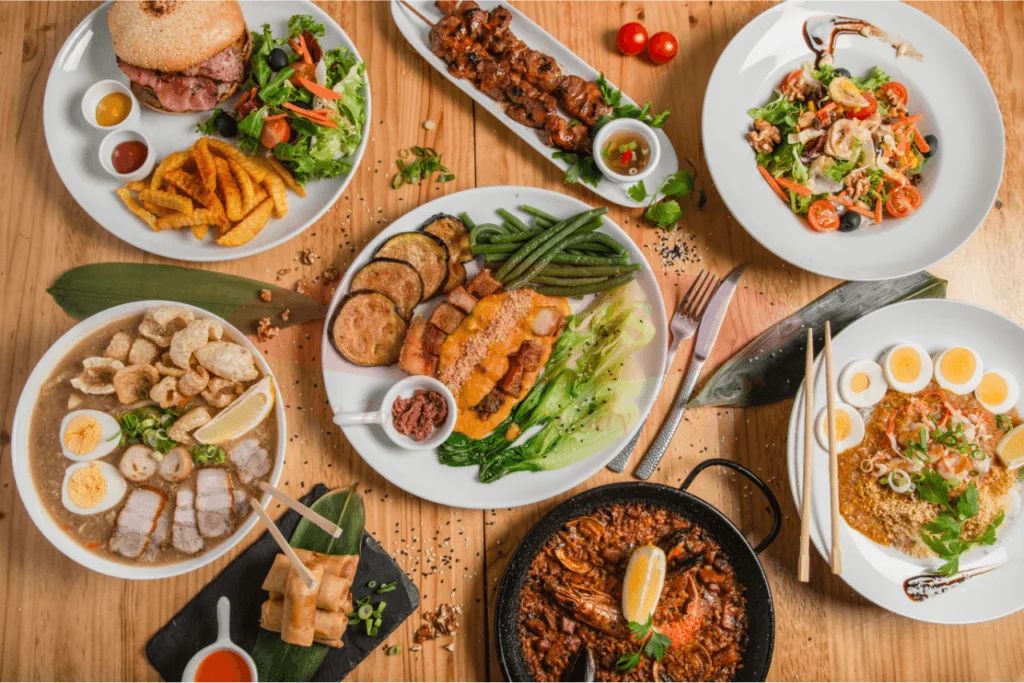
5. **The Reality of Short-Term Weight Gain**After undertaking a 10,000-calorie challenge, many participants report seeing the scale jump by “3-5 pounds or more” almost immediately. This dramatic increase can be disheartening for those unaware of the underlying physiological mechanisms at play. However, it’s crucial to understand that this initial weight gain is “mostly” temporary and does not primarily represent actual body fat accumulation.
A significant portion of this immediate spike is attributed to “water weight.” As previously discussed, “for every gram of carbohydrate stored, your body retains approximately 3-4 grams of water.” Given the high carbohydrate content of many cheat meals—pancakes, pizzas, cookies—the body rapidly stores glycogen, bringing a considerable amount of water along with it. This physiological response is a quick way for the body to manage the sudden influx of energy, but it’s a transient state.
Furthermore, the sheer “undigested food” itself contributes to the scale’s upward movement. Such a massive volume of food naturally takes time to process and move through the digestive system. Coupled with “sodium retention,” which is common given that “most challenge foods are high in sodium,” leading to further water retention, the combined effect can create a striking, albeit temporary, illusion of substantial fat gain. The key takeaway is that “the actual fat gain from a single day of extreme overeating is typically less than a pound,” despite the staggering caloric intake, making the immediate post-challenge scale reading a largely misleading indicator of permanent change.
Read more about: The Geopolitical Reckoning: Trump’s Tariff Gambit Collides with Global Realities
6. **Immediate Physical Effects: The Onslaught of Fullness and Discomfort**The immediate aftermath of attempting a 10,000-calorie challenge is a profound and often unpleasant physical experience, far removed from the initial enjoyment of indulging in favorite foods. Challengers universally report “extreme fullness,” a sensation that quickly transcends satisfaction and veers into intense discomfort. As one participant vividly put it, “‘You know it’s bad when you’re taking short, shallow breaths out of your mouth,'” illustrating the physical compression and strain on the diaphragm caused by an overloaded digestive system.
This extreme fullness is invariably accompanied by significant “digestive discomfort.” The stomach and intestines are tasked with processing an unprecedented volume of food, often rich in fats, sugars, and processed ingredients that are difficult to break down efficiently. This leads to symptoms such as bloating, gas, stomachaches, and general malaise. One challenger recalled, “‘I literally woke up at like 3:00 a.m. feeling just horrible,'” highlighting how the discomfort can persist long after the last bite.
Moreover, the rapid intake of high-sugar, high-carb foods often leads to “energy fluctuations.” Initially, there might be a “sugar high” as glucose floods the bloodstream, providing a burst of energy. However, this is inevitably followed by significant “crashes” as the body struggles to regulate blood sugar levels, leading to lethargy and fatigue. The physical manifestation of “bloating” is also a consistent complaint, with one participant humorously but tellingly describing, “‘I feel like I’m 20 months pregnant right now,'” underscoring the dramatic expansion of the abdomen due to gas and undigested food. Finally, “increased body temperature” is another reported effect, a direct consequence of “the thermic effect of processing so much food” as the body works overtime to metabolize the colossal intake.

7. **Next-Day Repercussions: Sleep, Digestion, and Appetite**The physical fallout from a 10,000-calorie challenge doesn’t dissipate once the day is over; it often extends well into the next 24 to 48 hours, affecting various bodily functions. One of the most frequently cited next-day effects is “disrupted sleep.” The body’s digestive system remains highly active, working tirelessly to process the massive caloric load, which can make it incredibly difficult to achieve restful sleep. A challenger recounted, “‘I came down here pacing back and forth, then the feeling just wouldn’t go away,'” describing the restless discomfort that prevents deep slumber.
“Water retention” is another prominent next-day effect, although it begins to reverse. While the body initially retains a significant amount of water alongside glycogen and sodium, in the days following the challenge, this excess fluid starts to be shed. This is why participants often report a significant drop in weight from the peak observed immediately after the challenge. One individual noted, “‘I’m down like 7 lb since last night'” (after the body processes the excess water), illustrating the rapid loss of temporary weight as the body normalizes fluid balance.
Furthermore, “digestive issues” frequently continue into the next day. The sheer volume and richness of the food can lead to prolonged discomfort, irregular bowel movements, or other gastrointestinal distress as the digestive system slowly recovers. Perhaps surprisingly, a common next-day experience is a “decreased appetite.” After forcing down such an extraordinary amount of food, the body often sends signals of extreme satiety, leading challengers to report, “‘I actually woke up not even hungry.'” This natural regulatory mechanism suggests that the body attempts to compensate for the previous day’s excess by temporarily suppressing hunger cues, a subtle but effective way of guiding the body back towards homeostasis.
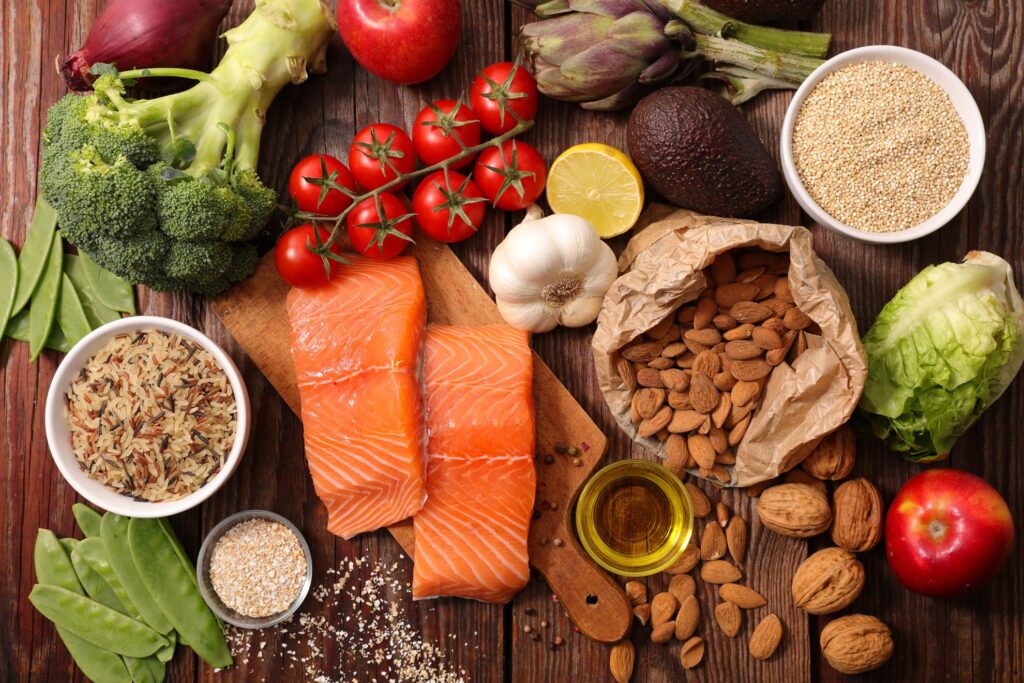
8. **Mental Effects: Flavor Fatigue and Psychological Impact**Beyond the purely physical sensations, undertaking a 10,000-calorie challenge introduces a fascinating array of mental and psychological shifts. One of the most common, and perhaps surprising, is “flavor fatigue.” What begins as an exciting gastronomic adventure quickly transforms into a grueling chore, where even favorite foods lose their appeal. As one challenger noted, “‘When you’re in the state of extreme flavor fatigue, you got to resort to things that you love,'” highlighting the struggle to simply get food down, regardless of taste.
This phenomenon underscores how the pleasure associated with eating is not solely tied to the food itself, but also to the body’s internal state and satiety signals. The constant influx of rich, calorie-dense foods overwhelms the senses, leading to a profound disinterest in further consumption. It’s a stark reminder that enjoyment derived from food can be fleeting when pushed to such extremes, turning a delightful experience into a monotonous task.
The psychological impact extends beyond mere flavor aversion, often eliciting strong emotional responses. Many participants experience a significant shift in their perception of food, sometimes expressing regret or an aversion to the very dishes they craved. One candid admission, “‘I thought I could eat forever, but now I don’t even want to look at food,'” perfectly captures this profound change. However, for some, the successful completion also brings a powerful “sense of accomplishment,” affirming their mental fortitude amidst discomfort. This duality makes the mental journey as compelling as the physical.
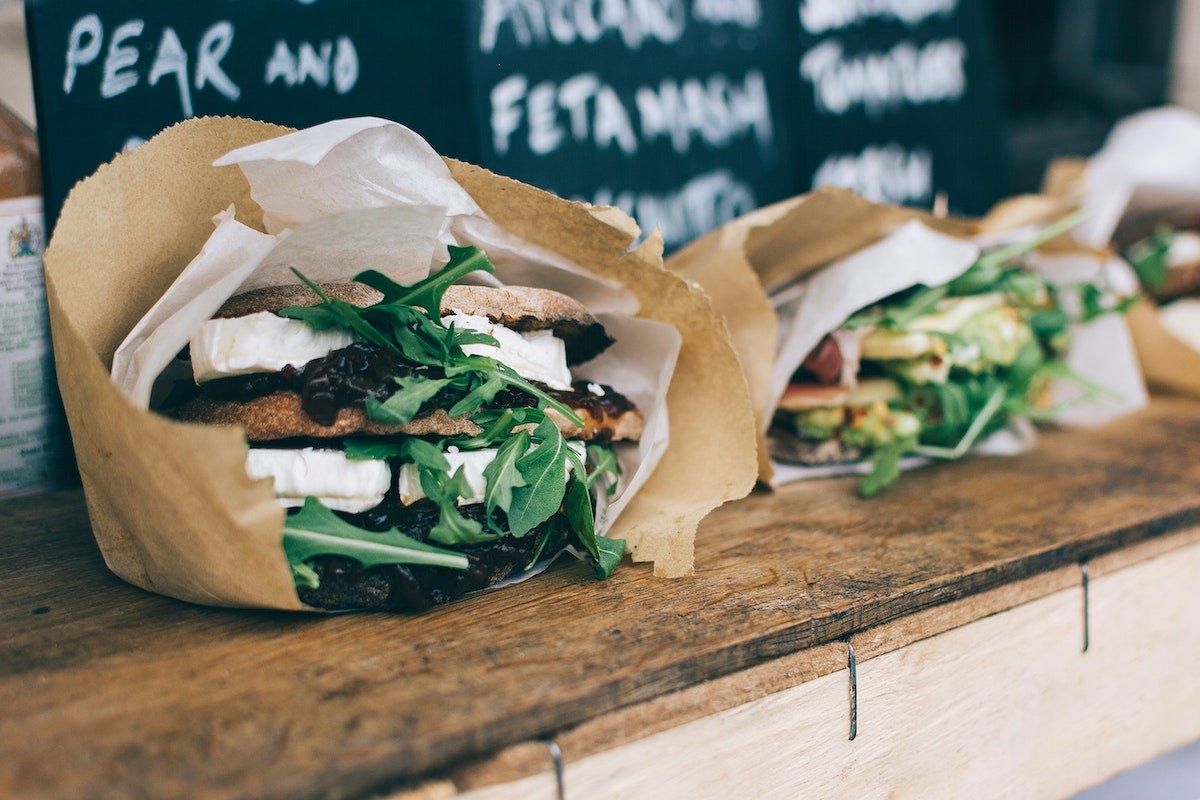
9. **Popular Food Choices for the 10,000-Calorie Challenge**When faced with the monumental task of consuming 10,000 calories, participants overwhelmingly gravitate towards foods known for their high caloric density and convenience. Breakfast typically kicks off with substantial carbohydrate and sugar loads. Loaded oatmeal, often fortified with “brown sugar, and a pack and a half of beef bacon,” provides a quick hit of energy. Stacked pancakes, generously adorned with “butter, syrup, whipped cream, and chocolate chips,” are another popular choice, offering a delicious yet extremely calorie-dense start. Fast food breakfast sandwiches and large bowls of “cereal with whole milk” also make frequent appearances, providing significant calories in an easy-to-consume format.
As the day progresses, main meals become even more calorically intense. Pizza stands out as a top contender, with “a large pizza” alone capable of delivering “2,000-3,000 calories,” making it an efficient way to rack up numbers. Multiple “burgers and fries” from fast-food chains are a staple, capitalising on readily available, high-fat, and high-carb options. Fried chicken, with “KFC just has one of the best chicken sandwiches out there,” offers both protein and a considerable calorie count. Fast-food Mexican options like “Taco Bell” also feature prominently, with “a crunchwrap, cheesy gordita crunch, and multiple tacos” being common orders to push towards the caloric target.
For snacks and desserts, the focus remains on concentrated sugar and fat. “Ice cream,” particularly “Ben & Jerry’s pints,” are a favorite for their creamy texture and high calorie count. Assorted “Krispy Kreme donuts” provide a quick, sugary boost, while “Pillsbury cookies” and other “similar treats” are easily consumed in large quantities. “Peanut butter,” often eaten straight from the jar or blended into shakes, offers a dense source of fat and calories. Even “Nutella,” a hazelnut cocoa spread, is frequently leveraged for its extreme calorie density, with challengers noting its significant caloric contribution, often adding “another 180 calories” with just a small serving.
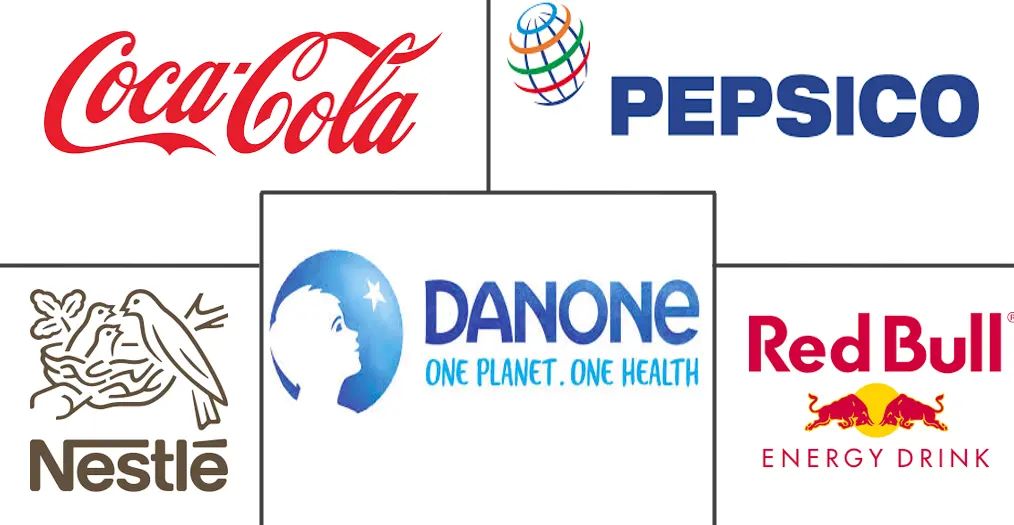
10. **High-Calorie Beverage Strategies**Hitting a 10,000-calorie target through solid food alone can be incredibly challenging due to the sheer volume and digestive effort required. This is where high-calorie beverages become indispensable, acting as a secret weapon for many challengers. Liquid calories are notoriously easier to consume in large quantities without immediately triggering the same level of fullness as solid foods. A common strategy involves crafting calorie-dense milkshakes. One extreme example cited involved mixing “a pint of Ben & Jerry’s, tablespoon of Nutella, and maple syrup” into a single shake, which astonishingly came to “2,580 calories.”
Beyond these deliberate calorie bombs, everyday beverages consumed with meals significantly contribute. “Soda,” almost invariably consumed with “fast food meals,” adds substantial amounts of sugar and calories without contributing much to satiety. These liquid additions are crucial for participants to bypass the physical limitations of stomach capacity, allowing them to continue increasing their caloric intake even when their stomachs are already stretched past comfort.
The strategic inclusion of these high-calorie drinks demonstrates a key tactical understanding among those attempting the challenge. It’s not just about what you eat, but how efficiently you can consume the calories. Leveraging liquids minimizes chew time and digestive bulk, providing a smoother pathway to the daunting 10,000-calorie mark. This clever approach transforms beverages from mere thirst quenchers into powerful tools for caloric accumulation.

11. **Why People Embark on the 10,000-Calorie Journey**The motivations behind attempting such an extreme and often uncomfortable eating challenge are as diverse as the individuals who undertake it. For many, particularly in the digital age, “content creation” is a primary driver. A significant number of participants “document their experience for YouTube or social media,” transforming a personal feat into engaging, viral content. The spectacle of consuming such an immense quantity of food, coupled with the raw, unfiltered reactions, draws in large audiences, making it a lucrative endeavor for influencers.
Beyond the pursuit of online fame, a deeper, more primal motivation often surfaces: “testing physical limits.” This drive is akin to that of athletic challenges, where individuals push their bodies to the brink to see what they are capable of. It’s an exploration of endurance, not just in the gym, but at the dinner table, an internal contest to determine the boundaries of their digestive and metabolic capacities. This personal challenge can be a powerful psychological motivator, similar to running a marathon or lifting a personal best.
Furthermore, some individuals view the challenge as a way of “celebrating milestones.” One challenger revealed, “‘This is something that I was initially going to do on my channel when I hit 10,000 subscribers,'” illustrating how such a demanding event can be tied to significant personal or professional achievements. Others are driven by pure “scientific curiosity,” approaching it as a “personal experiment” to understand their body’s unique response to extreme caloric intake. Finally, for some bodybuilders, these challenges are a form of “post-competition refeeds,” a strategic and dramatic increase in calories after periods of strict dieting, aimed at replenishing glycogen stores and sometimes as a psychological reward.
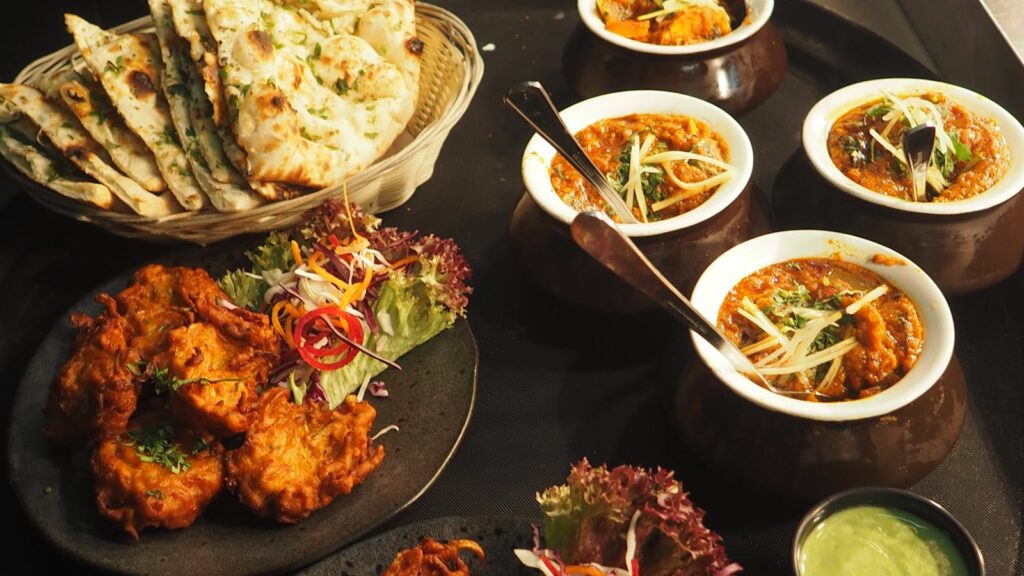
12. **Expert Tips for Tackling the Caloric Mountain**For those determined to attempt the formidable 10,000-calorie challenge, veterans and experts offer several strategic tips to maximize the chances of success and minimize discomfort. A crucial piece of advice is to “start early.” Beginning to eat “as soon as you wake up” provides the entire day to consume the massive caloric load, preventing a frantic, uncomfortable rush later on. This sustained, early approach allows for more consistent calorie intake and less overwhelming single meals.
Another essential strategy involves prioritizing “liquid calories.” As discussed, calorie-dense shakes and beverages are far easier to consume than solid foods when fullness sets in. Integrating these throughout the day can significantly boost calorie totals without adding excessive volume or chew time. It is also highly recommended to “plan your meals” in advance, creating a detailed menu to ensure all 10,000 calories are accounted for, which avoids guesswork and prevents falling short of the target.
Focusing on “calorie density” is paramount. Challengers should choose “high-calorie, low-volume foods like nut butters, oils, and fatty foods” that provide maximum energy in minimal space. Some participants also find that engaging in “exercise before” eating can increase appetite, making the initial stages of the challenge more manageable. Spacing out meals, rather than attempting to cram everything into a few sittings, is also critical. “You got to eat what you crave,” one expert suggested, emphasizing listening to the body’s intermittent hunger signals. Finally, incorporating “digestive support” like “a shot or two of apple cider vinegar” or “a different probiotic” can potentially aid the overwhelmed digestive system, as one individual noted, feeling “it really did help out a lot” in managing the intense processing required.
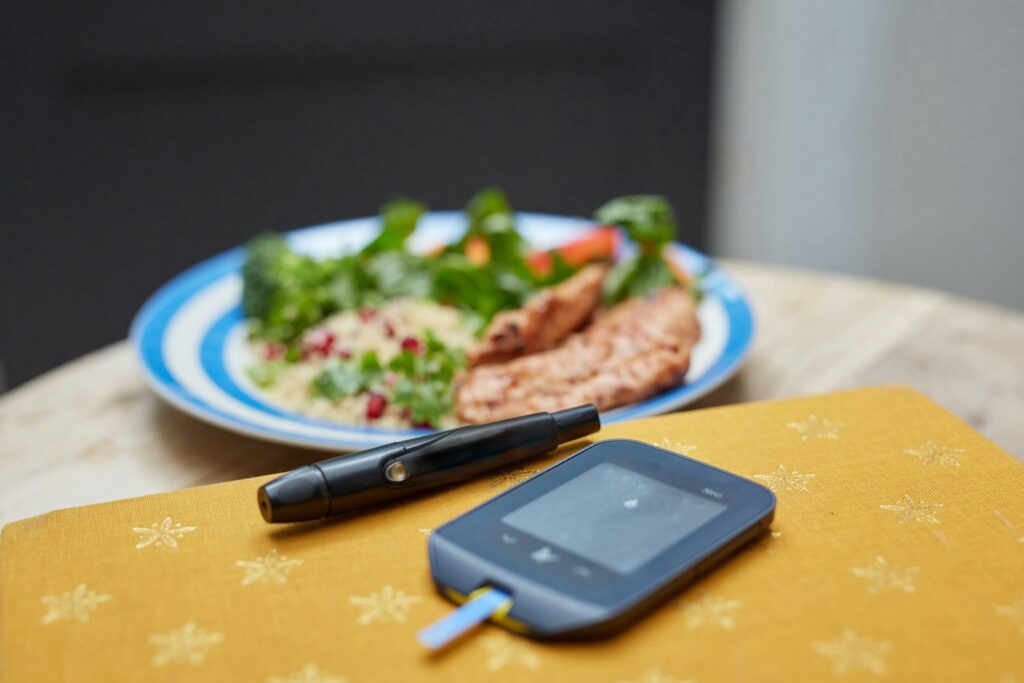
13. **Navigating the Potential Health Risks**While a single day of extreme overeating is “unlikely to cause lasting harm for most healthy individuals,” medical professionals generally advise against the 10,000-calorie challenge due to several potential health risks, especially for those with pre-existing conditions. One significant concern is “gallbladder stress.” The organ may struggle to produce enough bile to efficiently process the enormous amount of fat often consumed, leading to discomfort or, in severe cases, more serious issues. This sudden, massive demand on the digestive system can overwhelm its normal functioning.
Another critical risk involves “blood sugar issues.” The rapid and massive intake of carbohydrates can cause “extreme blood glucose fluctuations,” leading to sharp peaks and valleys. This can be particularly dangerous for individuals with undiagnosed or existing diabetes, potentially triggering acute symptoms or complications. For anyone, these drastic shifts can contribute to the energy crashes and feelings of malaise reported by challengers.
Furthermore, “digestive distress” is almost a guaranteed consequence. Beyond general discomfort, the body can react quite violently. One challenger candidly shared, “‘That story I told… about regurgitating… that actually happened and I haven’t done that in over 10 years,'” illustrating the severity of the body’s rejection mechanism when pushed too far. Finally, there’s a significant “psychological impact” to consider. Such extreme eating patterns can “potentially trigger disordered eating patterns in susceptible individuals,” especially those with a history of restrictive dieting or an unhealthy relationship with food.
Read more about: A Life of Laughs and Silent Battles: Revisiting Robin Williams’ Enduring Legacy and the Unseen Struggles He Faced
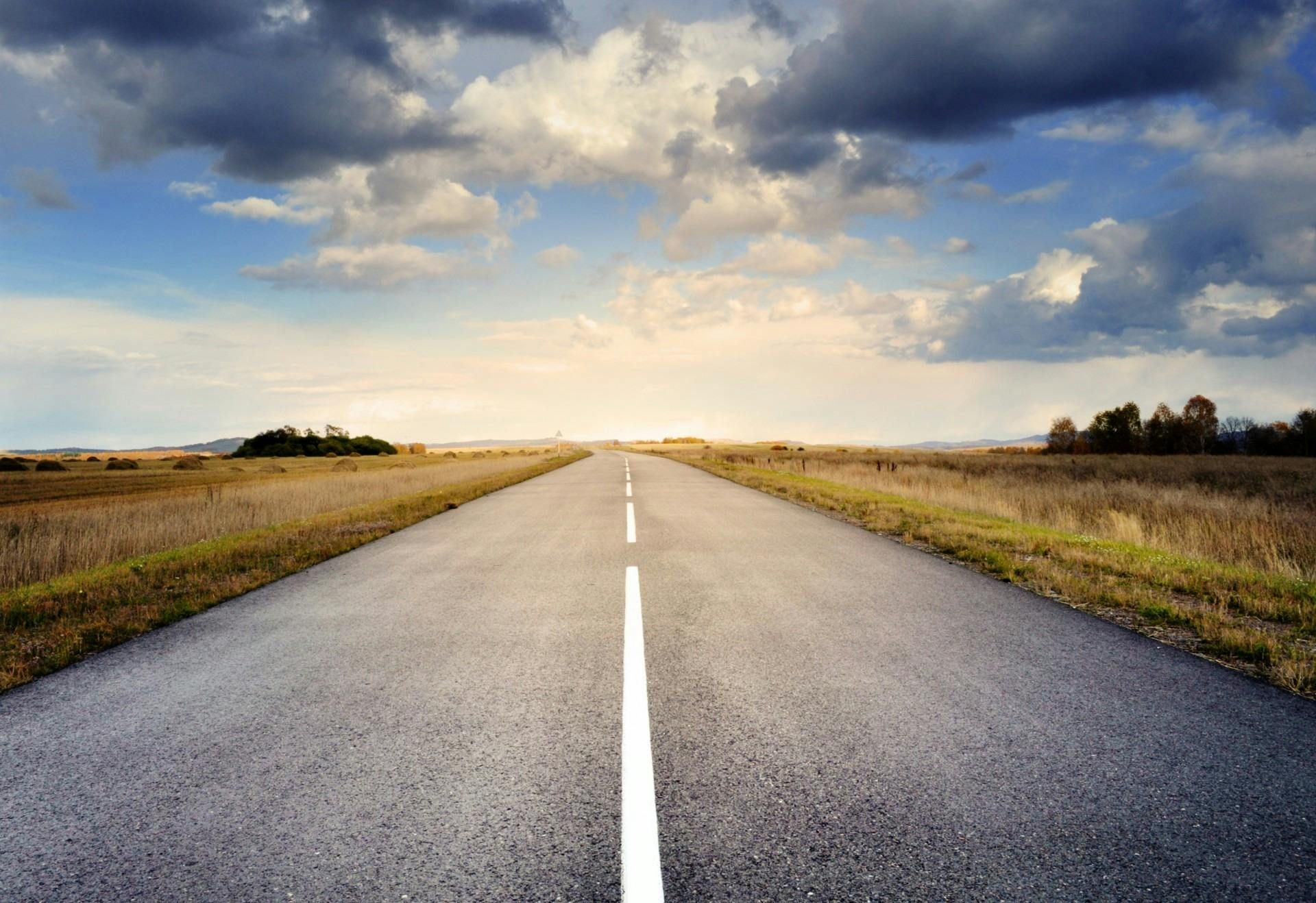
14. **The Road to Recovery: Post-Challenge Regulation**Remarkably, the human body possesses an innate ability to self-regulate after an extreme caloric onslaught, often guiding the recovery process naturally. Most challengers report a significant “decreased appetite” in the days following the event. As one put it, “‘I’m not even hungry and it tastes good. That’s how you know it’s really good food,'” indicating a profound state of satiety that naturally curbs further excessive eating. This is the body’s clever way of compensating for the previous day’s surplus, reducing the desire for food until energy balance is restored.
“Increased water intake” also becomes crucial during recovery. After the initial water retention associated with glycogen and sodium, actively drinking more water helps “flush excess sodium” and re-establish proper fluid balance. Many find that their body naturally seeks a “return to normal eating” patterns. As one expert stated, “‘You don’t really have to deliberately reduce calories the next few days – your body will naturally want less food.'” This biological feedback mechanism suggests that the body is highly adept at returning to homeostasis without requiring extreme compensatory measures.
Incorporating “exercise” can also be beneficial during the recovery phase. Many participants find that “light movement helps with digestion and bloating,” facilitating the body’s processing of residual food and fluids. Crucially, the long-term impact on fat gain from a single 10,000-calorie day is often minimal, provided normal eating resumes. A fitness expert observed, “‘How much of the fat gain is permanent from this challenge? I think the simple answer is none of it, or well, at least it depends on how you eat in the coming days. The body is in a constant state of either anabolism or catabolism, so imposing a sufficient caloric deficit in the days following would offset the fat gain.'”
Dwayne “The Rock” Johnson’s legendary cheat days, and the subsequent “10,000-calorie challenge” phenomenon they inspired, offer a compelling look into the limits and resilience of the human body. From the meticulous science of calorie storage and adaptive thermogenesis to the visceral experience of extreme fullness and the fascinating mental shifts, this journey is far more than a simple eating contest. It’s a testament to both our physiological capacity for indulgence and our remarkable ability to recover. While not a feat for the faint of heart, or indeed, something widely recommended by medical professionals, it undeniably sparks curiosity, proving that when it comes to human endurance—even at the dinner table—the boundaries are often further than we imagine. So, whether you’re admiring The Rock’s epic feasts from afar or contemplating such an extreme challenge yourself, remember to approach it with an insider’s understanding of what truly happens when indulgence meets physiological extremes.

